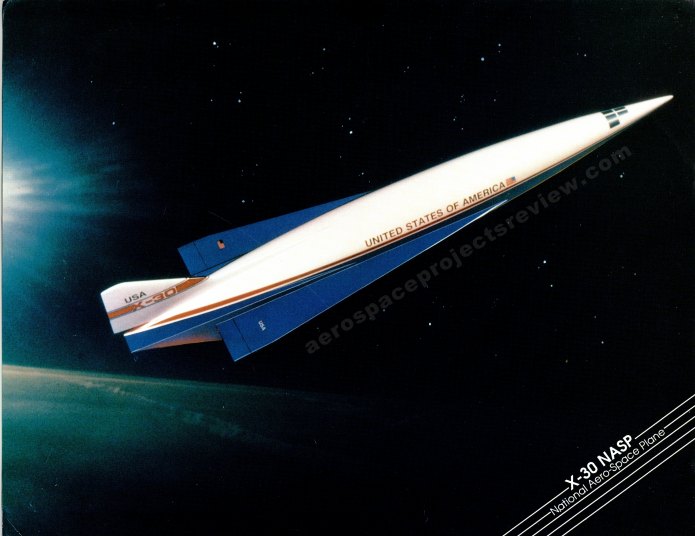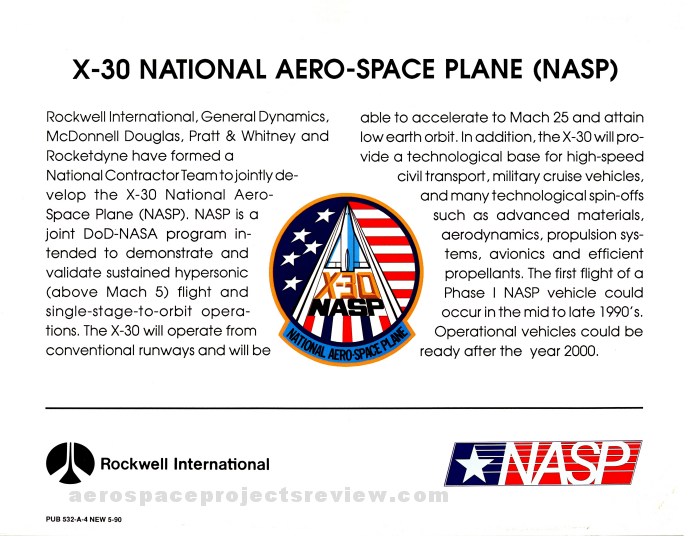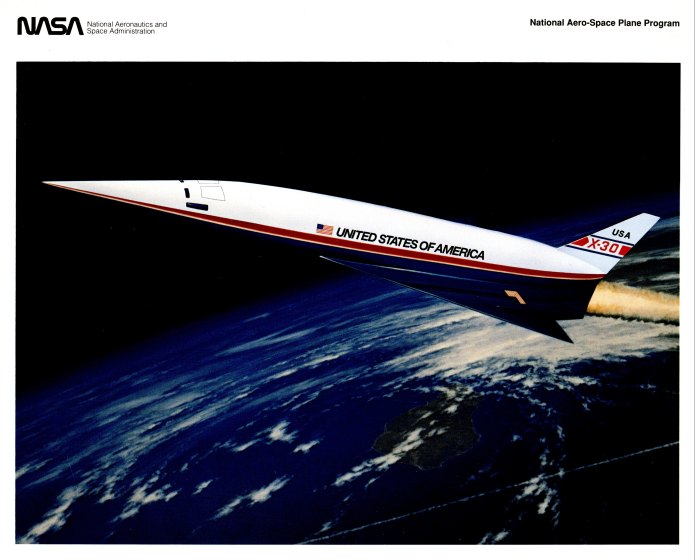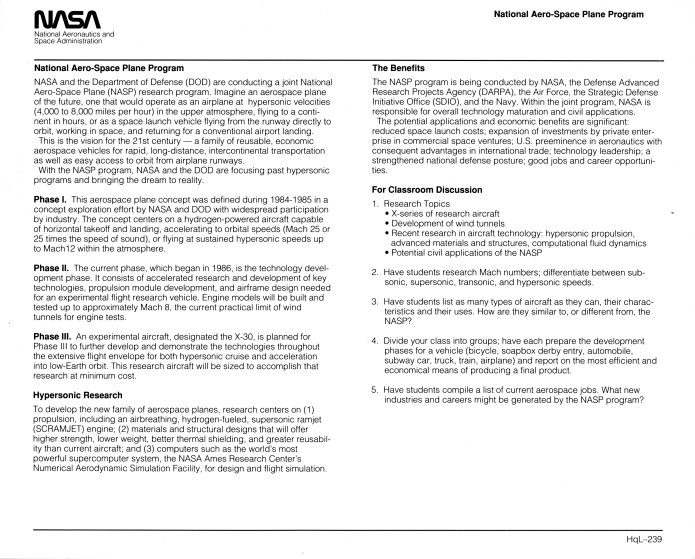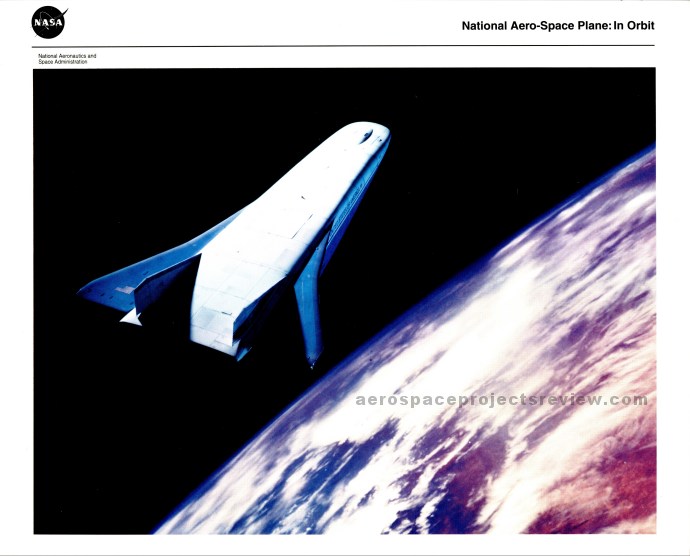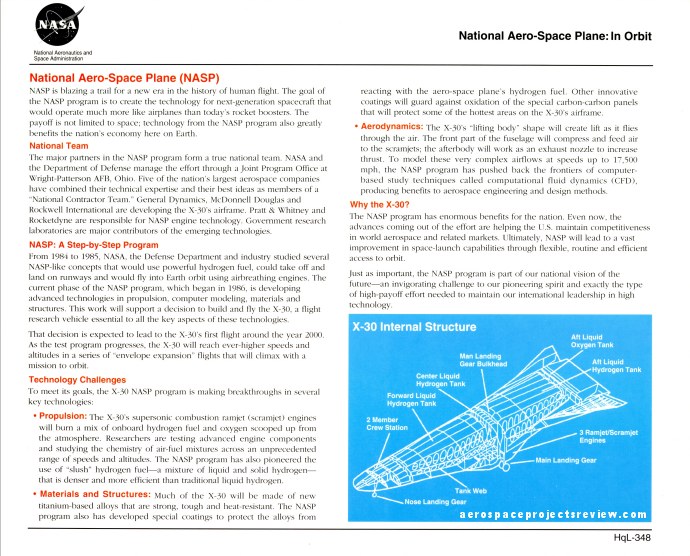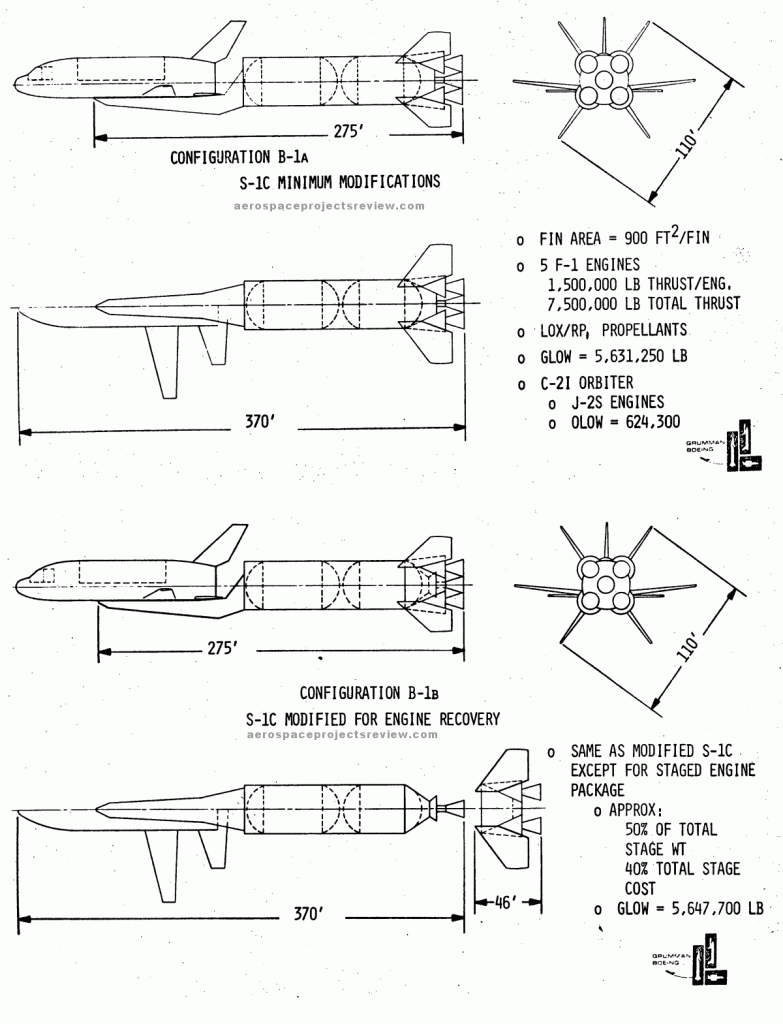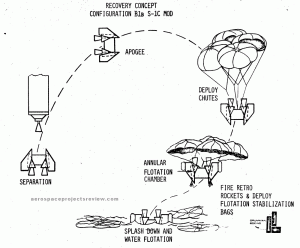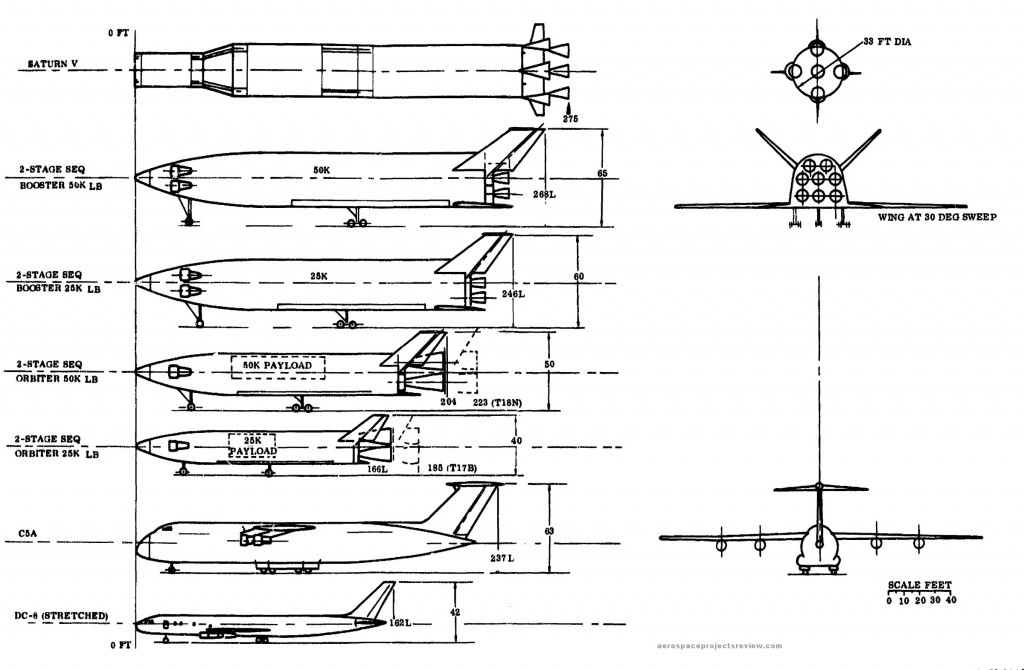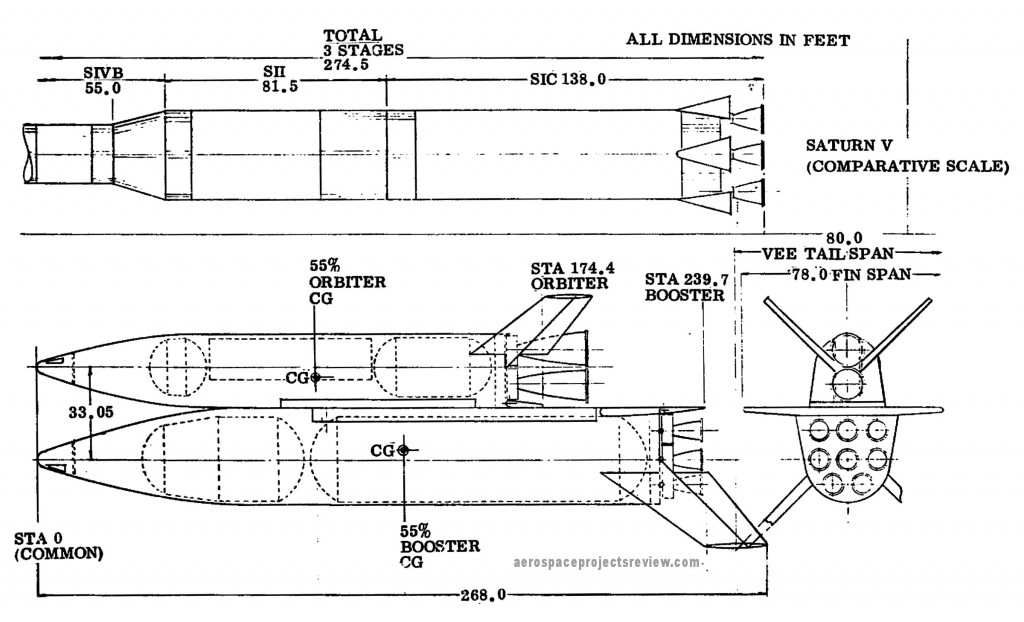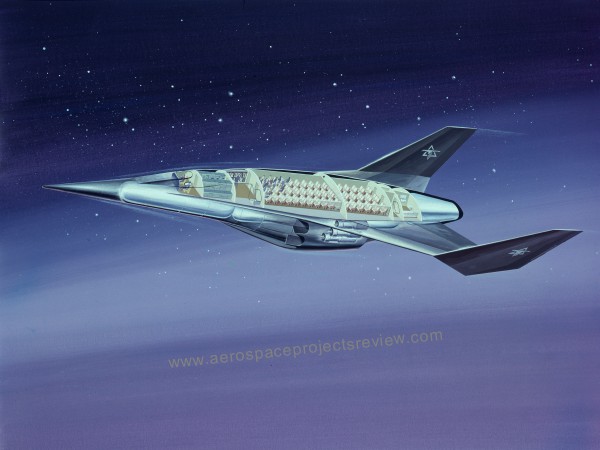A NASA illustration of the NERVA nuclear rocket, dated December 1963. Near the top of the engine are two vernier rocket nozzles for thrust vector control.
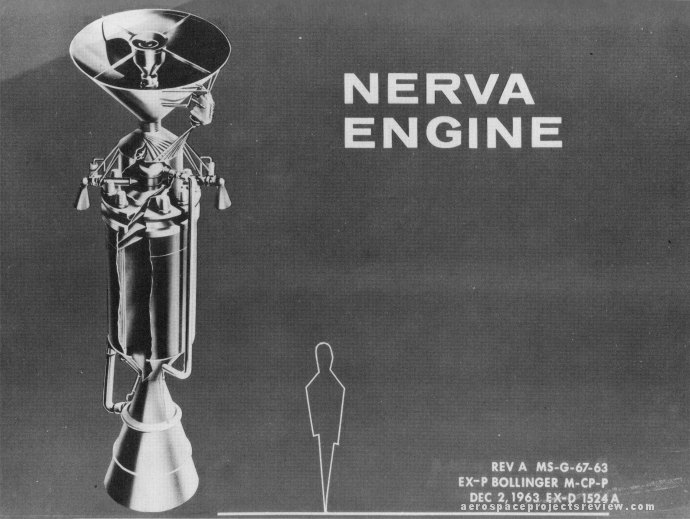
If NERVA is a subject of interest to you, I have scheduled a trip to Washington D.C the last week of March for the express purpose of spending an entire business week in a NASA archive doing scanning and photocopying and photoing of as much as I can, starting with NERVA, moving to SPS and then to early shuttle concepts. I’ve visited this archive before, always for no more than a day, and that was only enough to show me that they had a lot, not enough to let me actually copy what they had. This time will be different. To help me pay for the trip (travel is *not* cheap these days), I am taking subscriptions or investors or whatever you want to call it. If you give me $100, when I return I will send you DVDs that will include all scans, and scans of all photocopies, and all photos taken at the archive. This offer is good up to the time I leave; once the trip is underway, it will be closed. If interested, either comment here or send me an email: scottlowtherAT up-ship.com
You can download a 13.4 megabyte JPG file of the illustration. The link to the JPG file is HERE. To access it, you will need to enter a username and password. These are available on the first page of the Aerospace Projects Review V3N2 Addendum (available HERE) Note that both are case sensitive.
